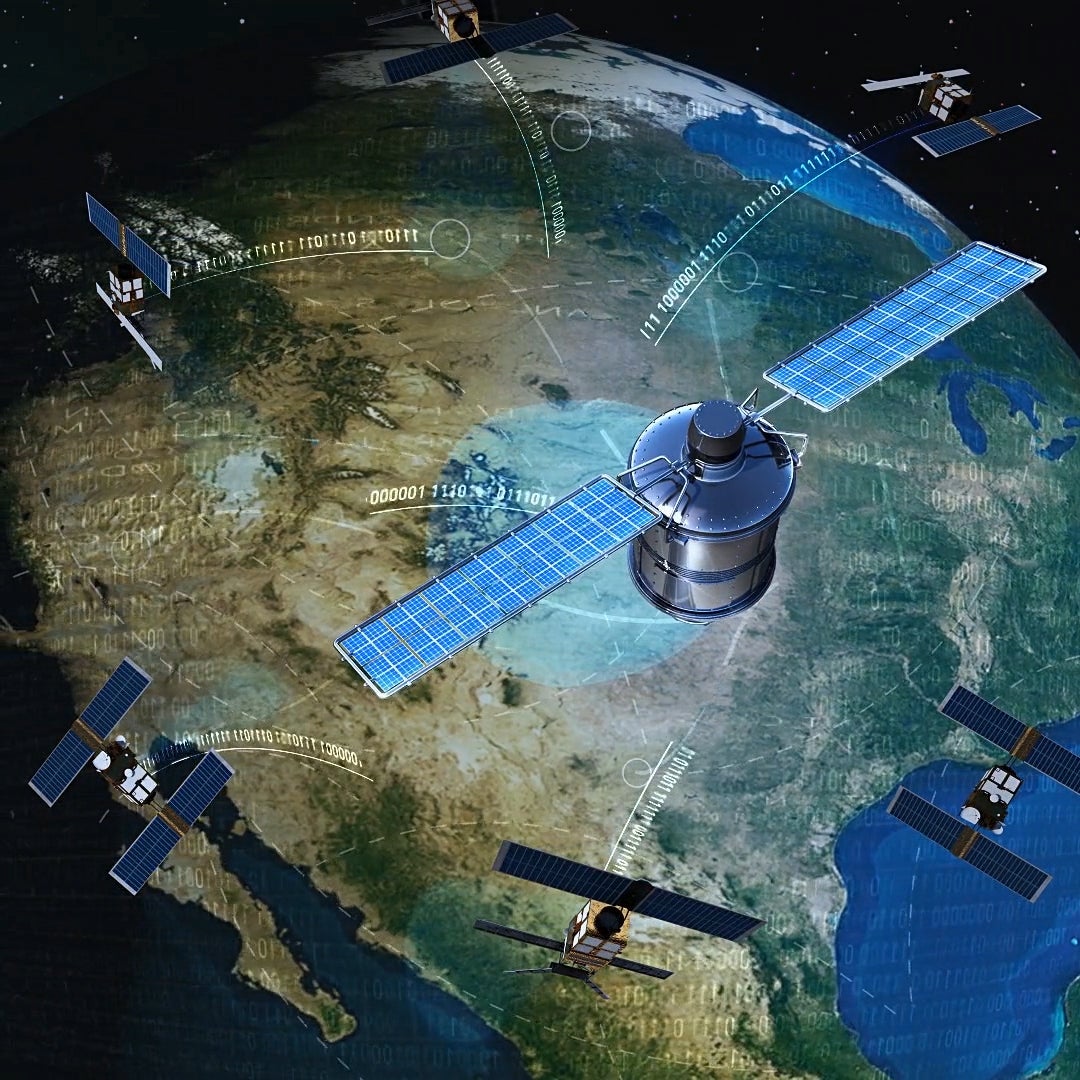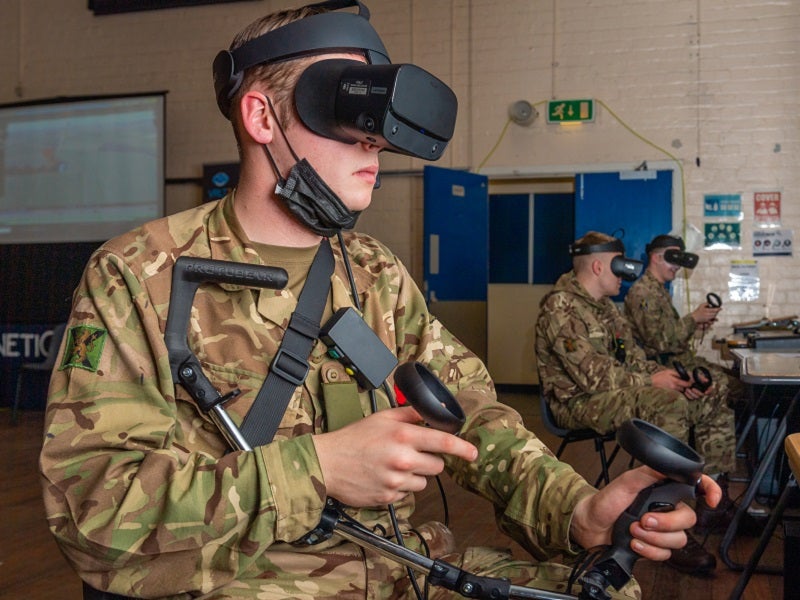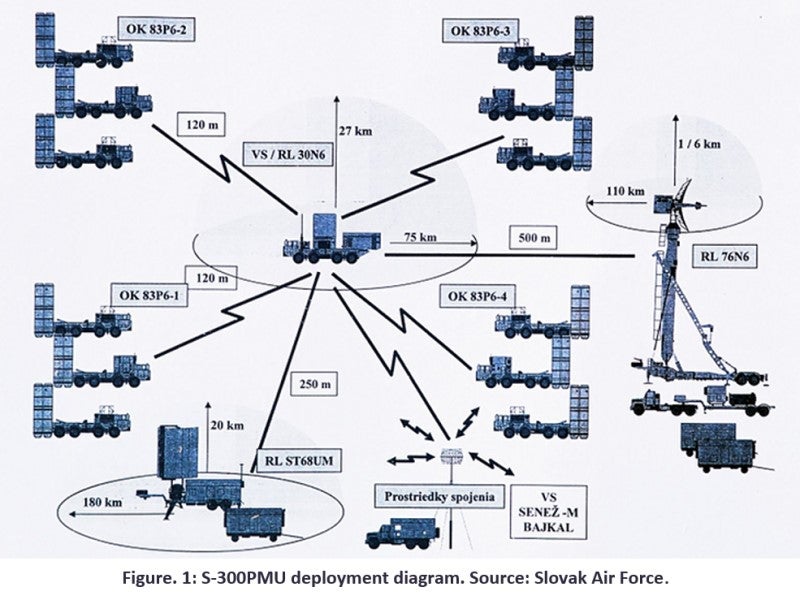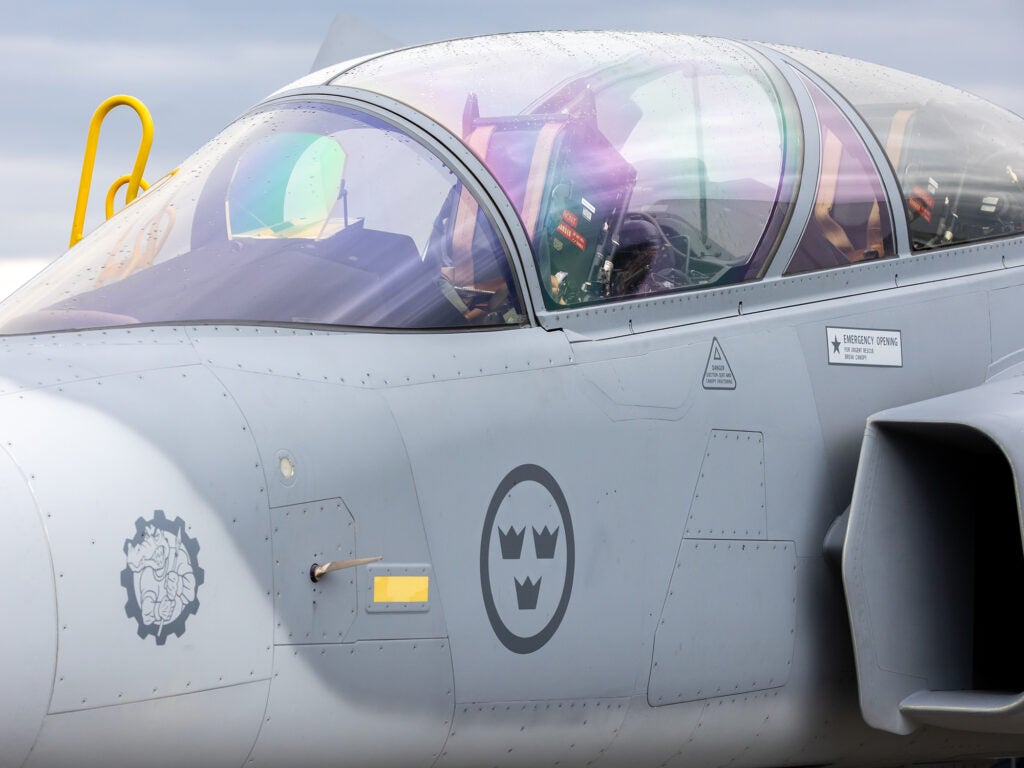
Paul Day spent 25 years in the Royal Air Force working in intelligence, surveillance and reconnaissance before joining Raytheon around ten years ago. He describes his role as being to understand the UK commercial and defence market for space, and the range of UK capabilities and skills that can deliver this. This involves working with parent company Raytheon Technologies to discover space capabilities appropriate for the UK market.
Berenice Healey: You gave a presentation at Space-Comm about multi-domain command and control (MDC2). What message did you want attendees to take from that?
Paul Day: We need to be able to operate safely as a nation and as part of a global spacefaring civilisation, which sounds a bit grand, but it just means that we have to do things that we haven’t considered before. We need to understand space weather and space situational awareness to enable us to operate safely in that environment.
A theme that came out from Space-Comm was space sustainability. That’s congestion, particularly in low-earth orbit, both in terms of the physical number of satellites in constellations and congestion in the spectrum. You need to be able to deconflict those.
Then you add potentially malign actors – state or otherwise – bad operators and bad operating practices, and all of that can create an unsafe environment. When you look at that as both commercial and military missions you have to be able to operate safely in space. That’s a key theme over the last 18 months that will lead us into looking at multidomain command and control to enable that to take place.
Multidomain speaks to me not so much as a defence term but as an operating term, There’s multidomain in terms of air, land, sea, space and cyber and integrating those. But multidomain increasingly means defence, civil, and commercial domains operating together, and they have different standards and different levels of assurance, which we have to consider, particularly when defence and the government want to make use of the commercial sector.
By importing those into a wider enterprise, not just in the UK, you can inherit risk. You need to understand what level of risk you’re inheriting and where you’re inheriting it from to form that delta between the civil and commercial and defence pieces.
Finally, we’re talking about a lot of these things operating in the cloud but in reality, you’ve got an unclassified, classified, mission secret and above secret environment. You’re taking that entire infrastructure and effectively breaking it out into different classifications. Then how would you make sure the information goes up and down the right way? Everything could cross that construct, so I think MDC2 is quite a complex concept. Defence, commercial, military and government working together need the right set of standards to enable things to take place within that operating environment.
How should the military industry consider space as a domain in its own right as well as supporting all the other domains?
Space is largely invisible, so it’s difficult sometimes to get across that the guy on the battlefield with his edge device looking at where he is on the map, his physical location and the timing to enable his device to work have originated from space.
There’s an opportunity for education across the entire sector about why space is important, and in the defence world that leaves you only two options. One is it you have to assume you have to operate in a space services-denied environment, or you protect the essential services that you need to operate within the environmental preserve.
Why is space as part of MDC2 becoming important now?
The overriding one is the demand signals being produced by government declaring position, navigation and timing (PNT) as critical national infrastructure, and therefore where we go with a future space-based PNT programme. There’s the aspiration for the UK to garner 10% of the global export market by 2030; we’re only halfway there so that’s quite an ambitious piece, but it’s a technological lead.
That in turn is being driven by what we’re seeing from the congested environment and the fact that potential peer adversaries have been putting money into high-technology areas like hypersonics and cyber that are anti-satellite capabilities. They realise how dependent we are.
That’s forced us to take a good hard look at the vulnerability of systems and services that are derived from that environment. There is a need to protect those and invest in them. All of these I imagine we will see in some form in the National Space Strategy when it is finally published.
How is Raytheon balancing the demands of civil and defence space activities?
We’re in a rare position in terms of the supply chain in the space sector in the UK. The government needs to incorporate commercial and civil into its enterprise architecture but meet the mission criticality and mission assurance responsibilities as a government and as the defence sector.
It’s in that delta between the two where Raytheon can play a key role. It’s about building partnerships; we have that defence skill set but it also means we can help smaller or commercial companies understand that delta. It’s harder for them to reconfigure their production methodology to meet that requirement than it is for us to reach out to the right commercial players.
Mission assurance isn’t necessarily thought about much in the commercial world. That’s about the security of your supply chain; everything from your chip manufacturer through to your intellectual property and where it sits. We’re looking forward to helping give advice and where we can play a key role that.




